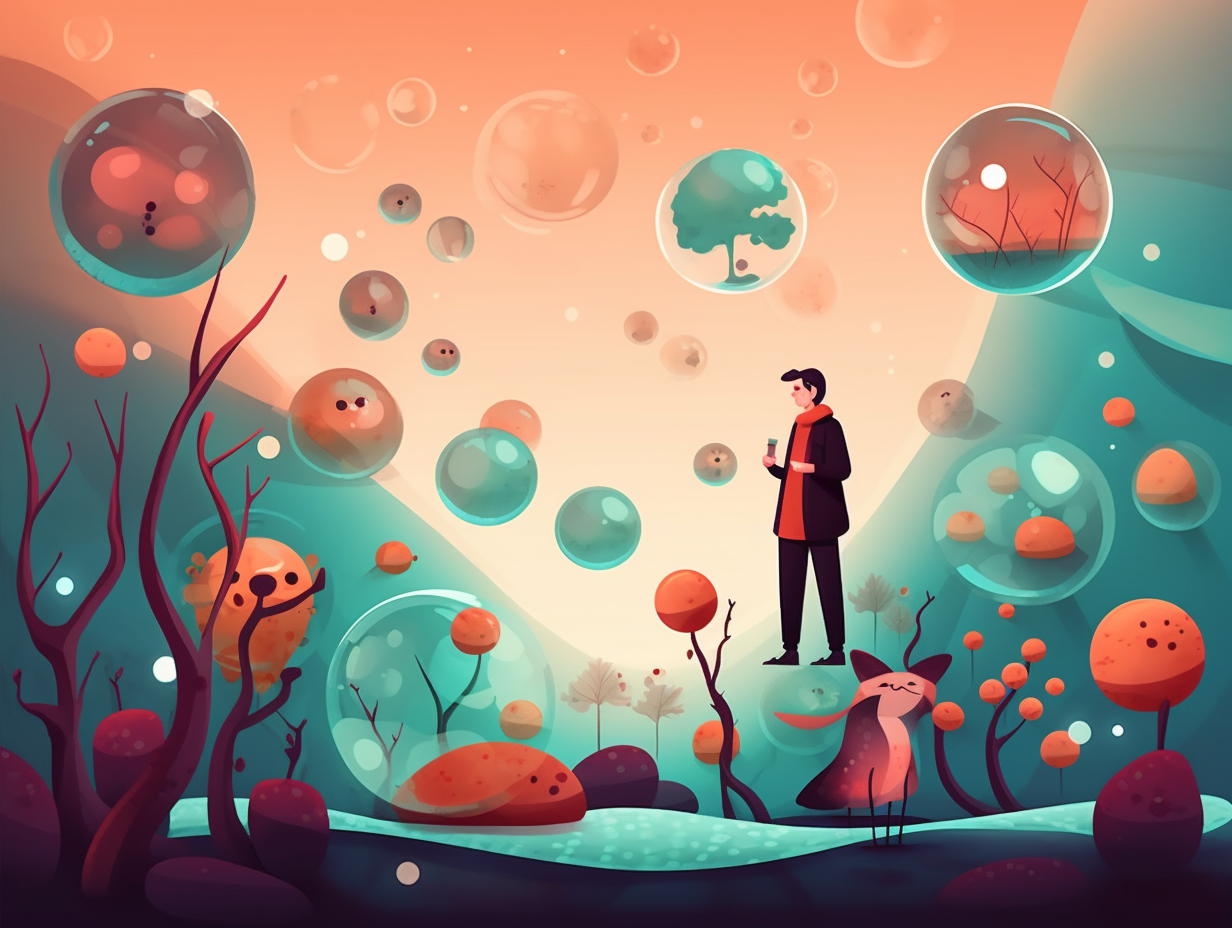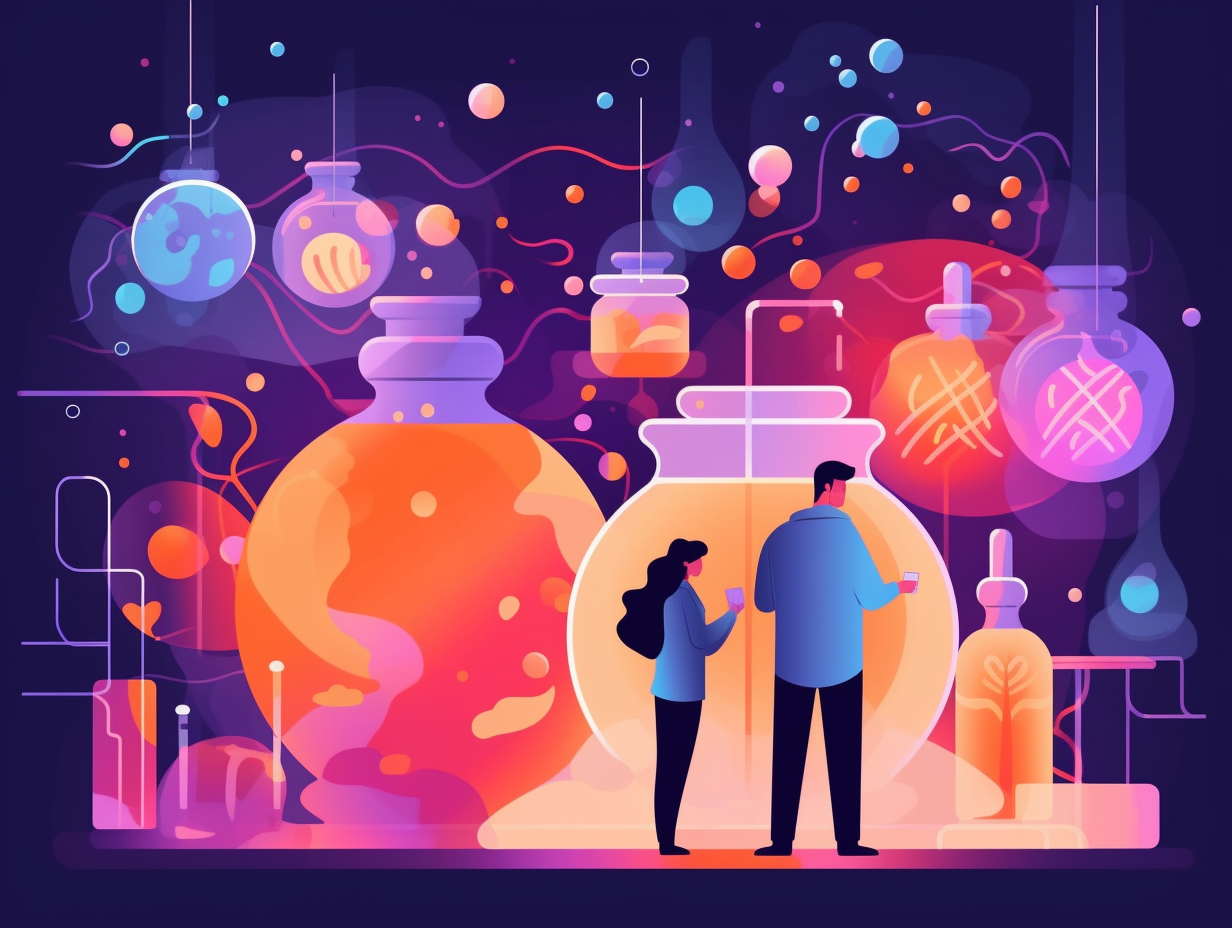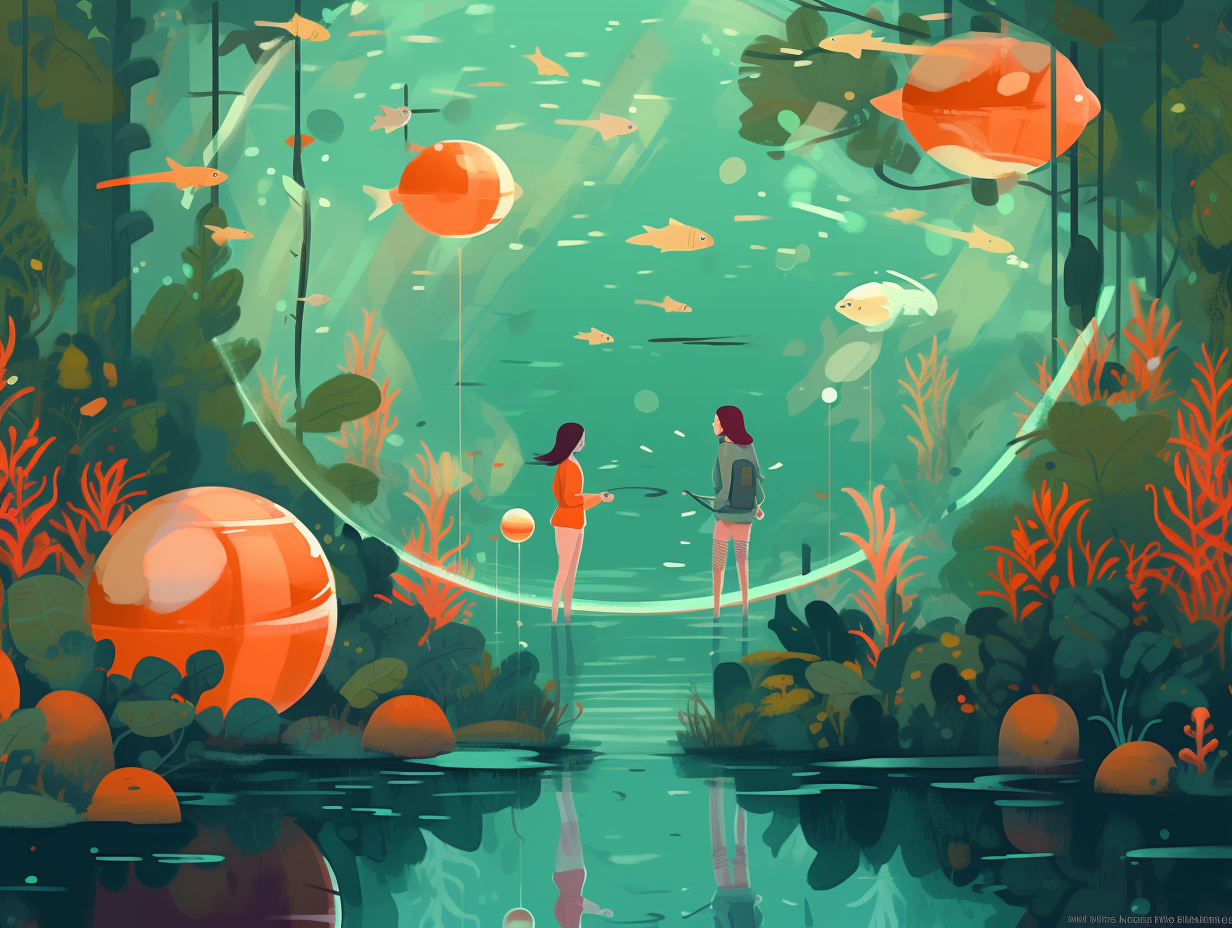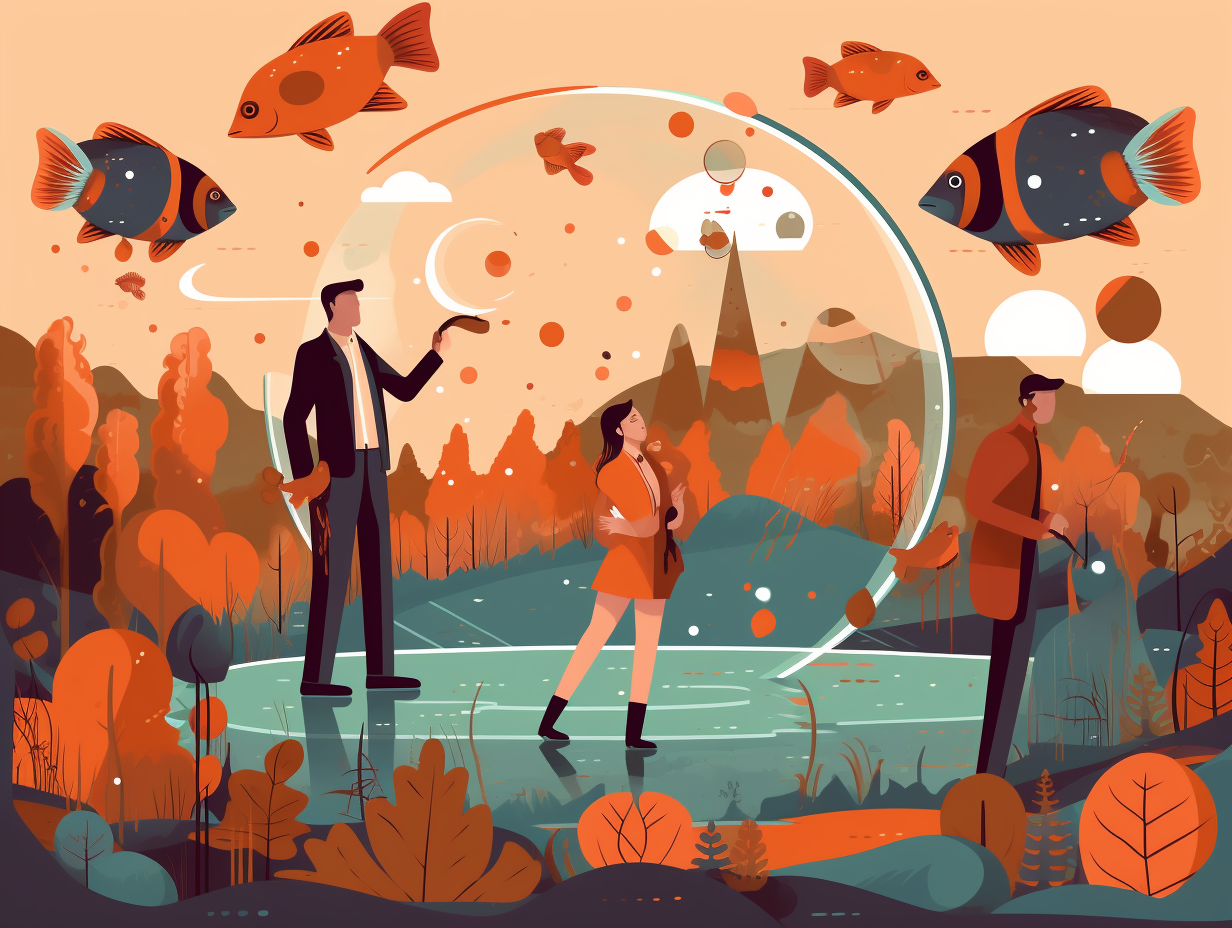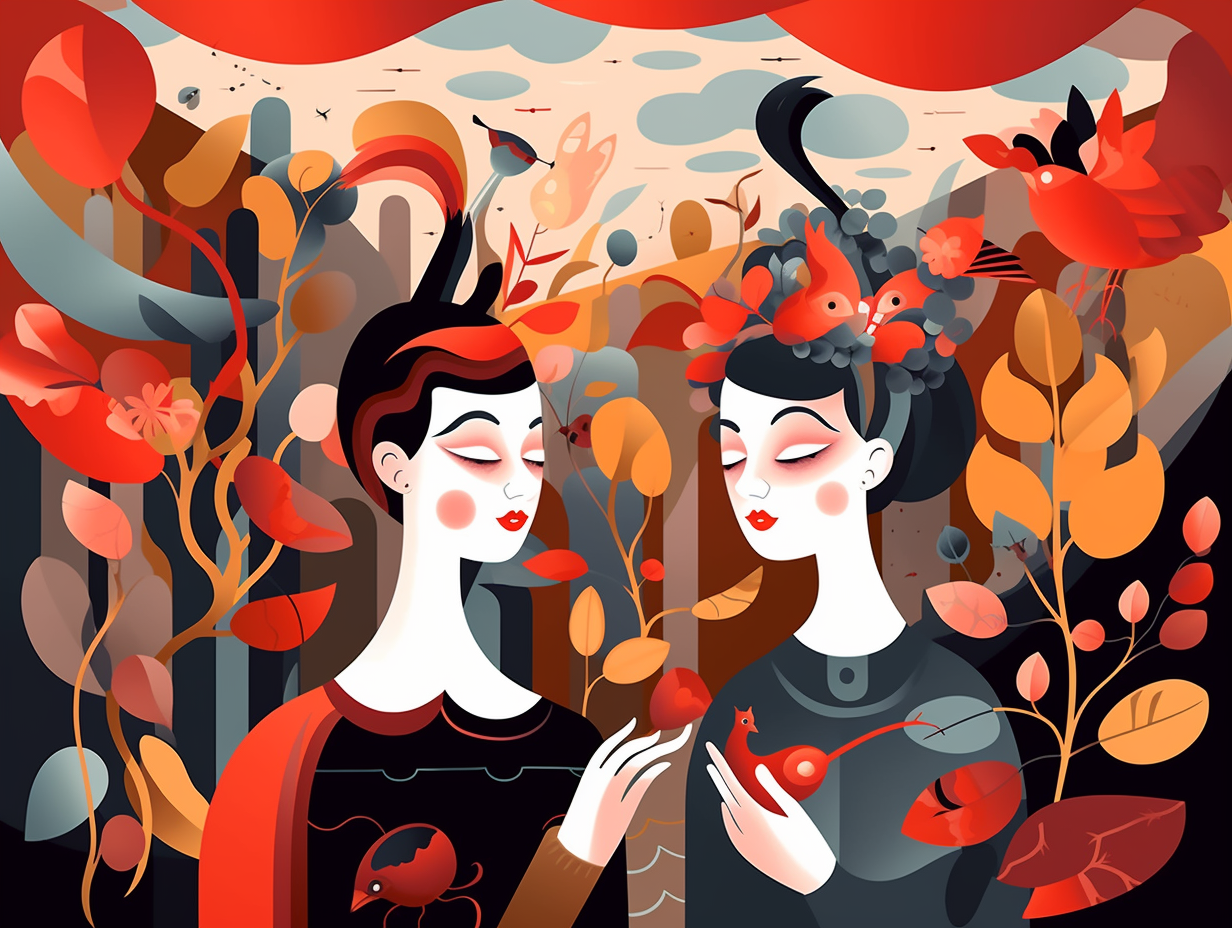Discover the Microscopic Marvels: Top 13 Fun Facts About Microbiology You Won't Believe!
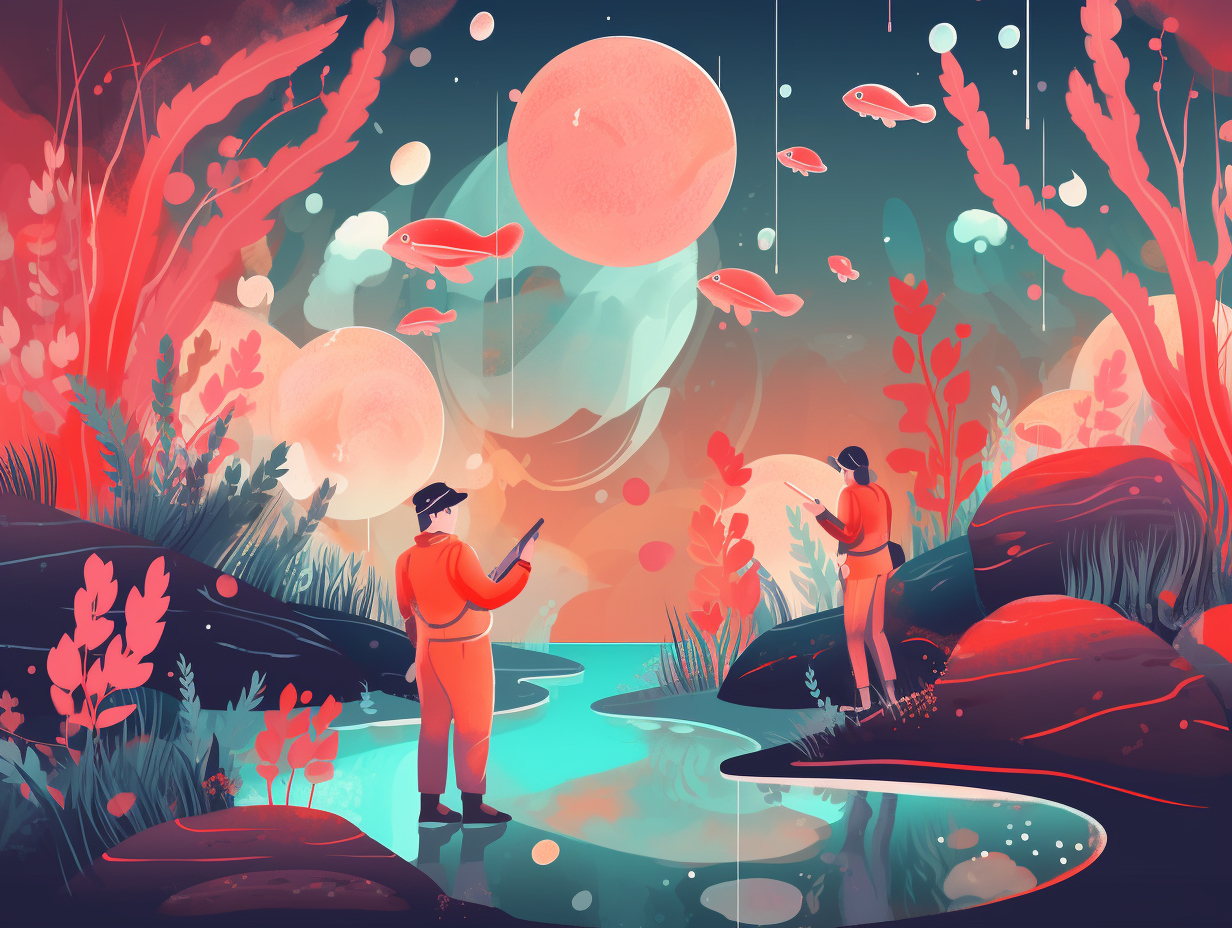
1. Fleshy Ubers for Bacteria
You know how people say we're just chauffeuring bacteria around like a fleshy Uber? Well, buckle up for this bumpy truth: It turns out that the bacterial and human cell populations in our bodies are practically nose-to-nose, with an estimated 3.8·10^13 bacterial cells and 3.0·10^13 human cells in a typical grown-up guy. So, our microbial hitchhikers aren't as overwhelmingly abundant as we thought!
Source => ncbi.nlm.nih.gov
2. Mold's Party Crash Led to Penicillin
When mold gatecrashed a bacterial party and stole the spotlight in Alexander Fleming's lab, the world was forever changed for the better: Unbeknownst to many, this unexpected encounter in 1928 led to the discovery of the antibiotic substance called Penicillin, derived from the Penicillium fungus, and forever revolutionized the way we handle bacterial infections.
Source => ncbi.nlm.nih.gov

Discover the hilarious secret behind blue cheese's unique aroma and maturation process, starring Penicillium mold and a comedy-loving bacteria! 🧀😂
=> Fun Facts about Bacteria
3. Yeast's Bake & Get High Party
Ever wondered if yeast has a "bake and get high" party? Well, the secret ingredient is sugar: Yeast, a microscopic fungi, breaks down starch into sugar and metabolizes it through aerobic respiration and fermentation, releasing carbon dioxide gas trapped by the gluten, causing the bread dough to rise as if it was defying gravity.
Source => curioustem.org
4. Bacteria's Exclusive Gossip Party Line
Can you hear me now? Bacterial cells sure can! These microscopic chatterboxes use the bacterial version of an exclusive party line to gossip and make group decisions: Bacteria communicate through chemical signaling molecules called autoinducers in a process known as quorum sensing, allowing them to coordinate colony-wide functions such as biofilm formation and virulence.
Source => asm.org
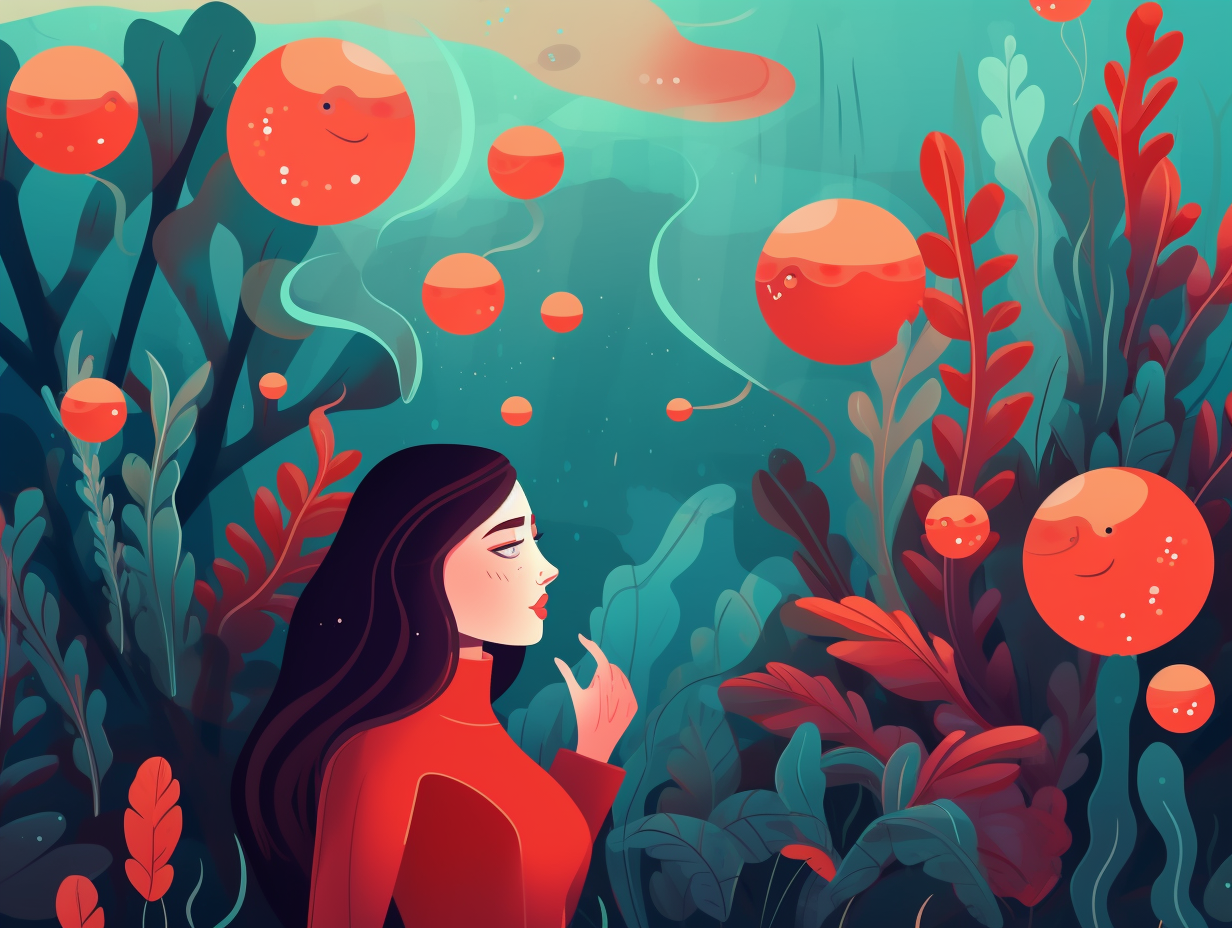
5. Microbial Game of Thrones
It's a microbial games of thrones out there, full of alliances, betrayals, and tiny battles worthy of George R.R. Martin himself: Microbes employ various tactics, from movement to antibiotic production, so as to compete and cooperate with each other for limited resources, making microbiology a riveting area of exploration.
Source => ncbi.nlm.nih.gov
6. Extremophile Micro-Heroes
Step aside, Superman: there's a new breed of micro-sized superheroes in town! They're called extremophiles, and they're crushing Kryptonians in the "can-survive-absolutely-anything" department: These microorganisms thrive in extreme environments, like scorching temperatures and intense radiation, and their unique abilities are being studied by scientists for potential applications in biotechnology and therapeutics. The ultimate takeaway? The future of innovation may very well lie in the oh-so-tiny hands of these remarkably resilient little life forms.
Source => ncbi.nlm.nih.gov
7. Bacillus subtilis: Beauty Secret Ingredient
Mirror, mirror, on the wall, who has the fairest skin of them all? Well, Snow White's stepmother might have had a thing or two to learn from Bacillus subtilis: This bacteria is the secret ingredient that crafts lower molecular weight hyaluronic acid more suitable for cosmetic products such as moisturizing creams and serums, helping us maintain youthful, smooth, and supple skin without needing any magic mirrors or poison apples.
Source => ncbi.nlm.nih.gov
8. Gut Bacteria & Antibiotic Resistance
When the going gets tough, the gut gets going: The spread of plasmid-mediated antibiotic resistance in the gut microbiome hinges on the bacterial species involved and their spatial arrangement, with even the rarest of gut residents capable of harboring and dishing out multidrug resistance plasmids from your meals.
Source => ncbi.nlm.nih.gov
9. Fermented Food & Anxiety
Feeling pickled by your anxiety? Don't go reaching for a jar of kimchi just yet: A recent study found that medical students who consume high amounts of fermented foods experience more severe depression and anxiety symptoms under psychological stress, suggesting further research is needed to determine the mental health effects of these trendy edibles.
Source => ncbi.nlm.nih.gov
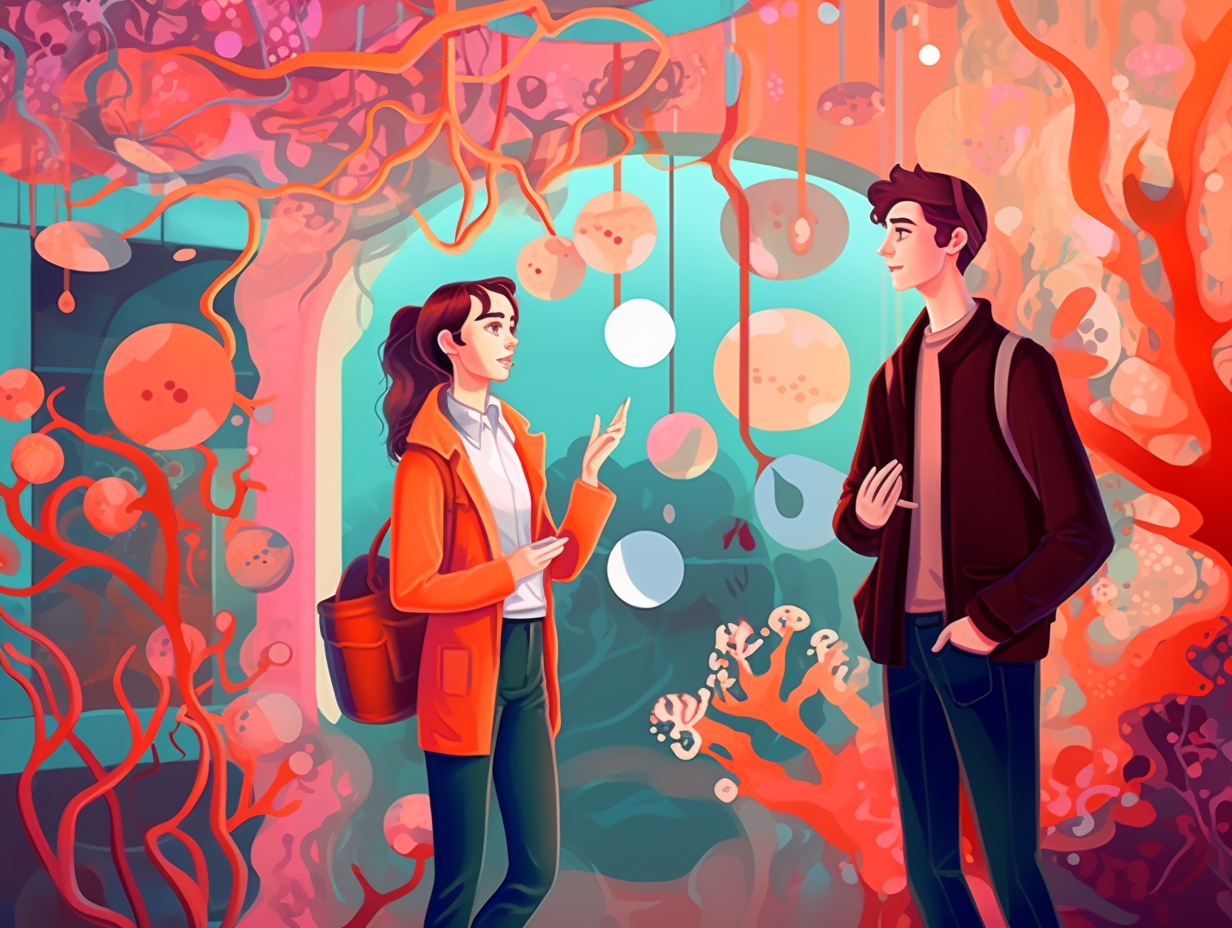
10. VBNC: Bacteria Playing Dead
VBNC: the bacterial equivalent of playing dead until the coast is clear, just like a mischievous toddler hiding from bedtime duties: Some bacteria can enter a state called viable but non-culturable (VBNC), where they remain alive but don't grow on standard media until conditions improve, making them hard to detect and posing a risk to human health when they become active again under suitable conditions.
Source => frontiersin.org
11. Decomposers: Nature's Tidy-Up Team
Ever wonder why life on Earth isn't rubbish — in a literal sense? You can thank the minuscule tidy-up teams working 24/7 like there's always a full-body-tentacled costume contest happening and dead plants and animal moustaches make for top-notch disguises: Decomposers, mostly protozoa and bacteria, feed on deceased flora and fauna, along with poop, breaking them down and recycling nutrients back into the ecosystem, keeping it green and growing without becoming a planet-sized Halloween exhibit drowning in biomass.
Source => nationalgeographic.org
12. Spirulina: Ancient Nutrient Superstar
Move over, Aztec warriors; there's a new superfood sheriff in town – and it's Spirulina, dressed in algae-green! Nutrient-rich and with mighty antioxidant powers, this blue-green algae was a staple in the archaic Aztec diet and now makes its grand re-entry onto plates and supplements worldwide: Spirulina is hailed as a modern-day superfood, harnessing powerful health advantages that even the ancient Aztecs would high-five us for remembering.
Source => healthline.com
13. Fungi: Underdog Superheroes of Nature
Fungi: the underdog superheroes of the natural world, armed with culinary and medicinal superpowers, conquering nutrient recycling with a side gig in fermentation. Not too shabby for organisms that don't get much limelight! Fungi, despite being overlooked for centuries, are now recognized for their significant contributions to antibiotics, anticancer agents, biofertilizers, and even mushrooms and tea, all while playing a crucial role in ecosystems as decomposers.
Source => link.springer.com
Related Fun Facts


